Yes, we’ve all seen And the Band Played On and read The Celluloid Closet.
My beef with a lot of recommendations around this time of year is two-fold: they’re usually the same things over and over and often don’t really encapsulate a wealth of experiences. Moreover, the typical recs of X movie and Y book seem to only cater to a certain taste. With the wealth of queer media we have out there and the new shows and movies coming forward, it’s important that consumers realize one thing: choice. Queer stories are no longer limited to campy Lifetime movie affairs or stories of pain and suffering. I think we can do a little better than telling the youth to watch Rocky Horror a few times. Allow me to share some of my favorites:
1) Jem and the Holograms (2015, IDW)

The Jem comic reboot got a lot of initial press thanks to the beautiful art and progressive direction of Sophie Campbell, and for arriving in a time of serious interest in ‘80s Hasboro properties… unfortunately, unlike Transformers and My Little Pony (also on IDW), Jem fell a little by the wayside. Why? It’s hard to say. The reboot of Jem features a very respectful but much needed override of the franchise. Jem is now a young office assistant suffering from social anxiety. Pizazz is a lot more sympathetic. Kimber and Stormer are dating, thus making my ‘ship canon. Rio is less of a jerk. I could have stood to have more of The Stingers as worthy adversaries to both The Misfits and The Holograms, but such is life. Jem also dealt with heavy themes of suicide, parental abandonment and alienation, and identity.
Then it got… weird near the end of its run. I can’t really recommend the Dark Jem saga, but everything else is a win for my queerdos that love outrageous ‘80s glam, girl rivalries, mahou shoujo genre, and body positive fashion.
2) The Bride Was a Boy (2016, Chii)
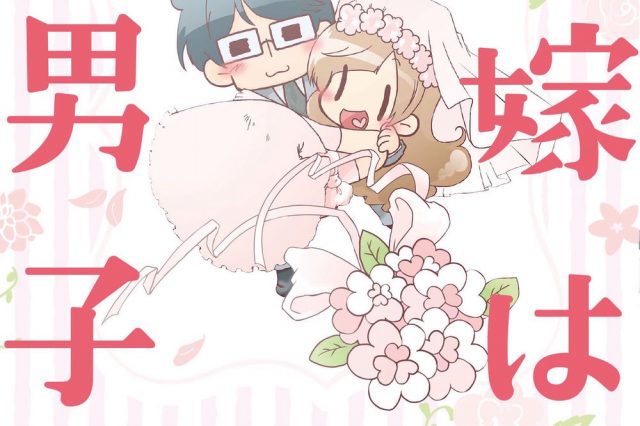
So, secret: I read this manga before it was a officially translated under the title, The Bride Used To Be a Guy. With a title like that I thought, is this some kind of trash yaoi doujin? Nope! It’s an autobiographical manga much in the vein of Honey & Honey by Takeuchi Sachiko.
The life of trans folks in Japan is still very much hidden and misunderstood both domestically and abroad, and this manga does such a great job of presenting facts and busting myths at the same time. Like Honey & Honey, The Bride… serves as a memoir while also providing insight into Chii’s life in Japan, her challenges in transitioning and grappling with societal expectations, finding love, children, and her own self-doubts. The manga goes into Chii’s childhood, adolescence, and eventually adulthood ending in—of course—her marriage to Husband-kun. Chii’s story is equally heartrending and adorable but most of all honest and raw, carried by cutesy art style and witty dialogue.
3) Funeral Parade of Roses (1969, dir. Toshio Mastumoto)
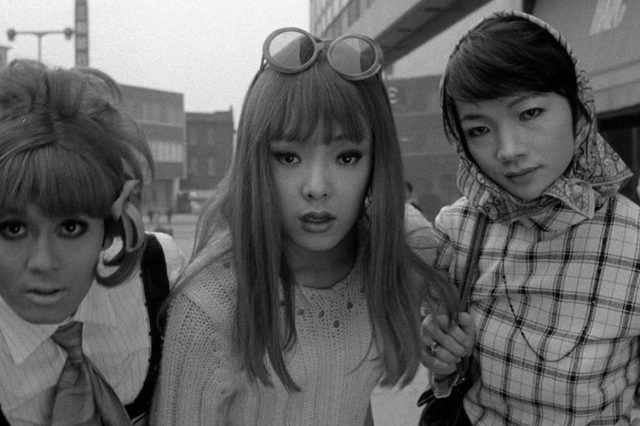
Do you like French New Wave? Do you like Greek mythology? Do you like looking at your friends and asking, “what the heck did I just watch?” Also straight from Japan, Funeral Parade of Roses might be for you!
Funeral Parade is surprisingly violent, quite erotic, and surreal. The meta interviews interspersed between throughout give an interesting insight into the gay culture of Japan of the ‘60s. But be warned! It’s still not for the faint of heart. To explain too much of the Parade would spoil the experience, but I think this is a great flick for the art house lover in all of us, especially if you don’t mind a little messy drama. But the ending will certainly leave you feeling a bit… exposed.
4) Bingo Love (2018, Tee Franklin)
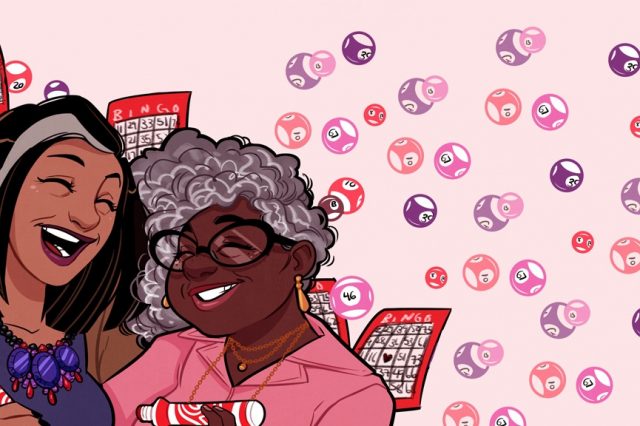
This book appeared to me in the aftermath of the mess that was Universal FanCon and I’m so glad it did. It’s one thing to tell a queer love story. It’s quite another to tell a queer love story featuring black women. But a queer love story about two elderly black women? Consider me sold. Queer elders have kept me going for so long and to this day we don’t really give our mothers, fathers, and guardians proper acknowledgment unless it’s time for political points. We can speculate why all day, or you could read a graphic novel about a love that spans a lifetime.
Bingo Love isn’t perfect and does employ a few queer romance tropes I don’t particularly enjoy, but it is such a romantic fairy tale told with beautiful art, dialogue, and really sets a precedent. Knock on someone’s door and demand more queer romance for the older generations.
5) Chrysanthemum (1991, Kevin Henkes) and Stellaluna (1993, Janell Cannon)
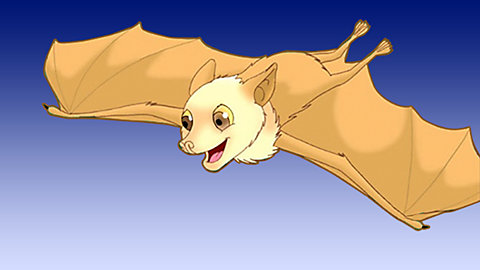
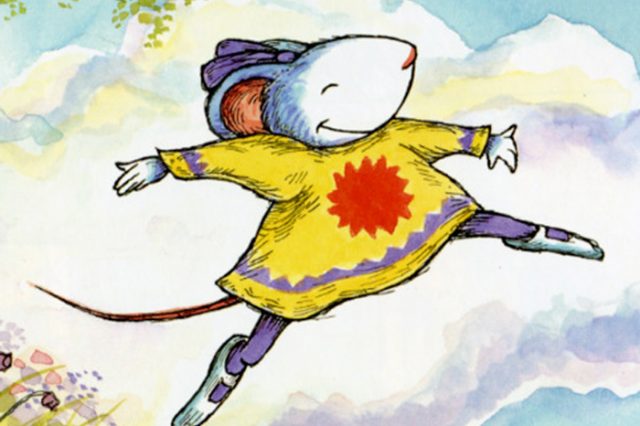
A slight cheat because these books don’t feature queer characters per se. But I have noticed they crop up often in conversations amongst those of us of a certain age group, and not just because we all had to read them for book reports.
Chrysanthemum is the story of a young mouse, the titular Chrysanthemum, who is taunted for having such an unusual name until her favorite teacher defends her. Stellaluna is the story of a young fruit bat that is separated from her mother and finds herself in a nest of sparrows. Both books have had a profound influence because they deal with the importance of respecting identity, acceptance, and the need for a support system, themes that reaches far and wide into any marginalized community. So it’s not hard to see why so many young queerlings were drawn to both these books. I personally still love them to this day and highly recommend them for anyone young, old, or in between!

